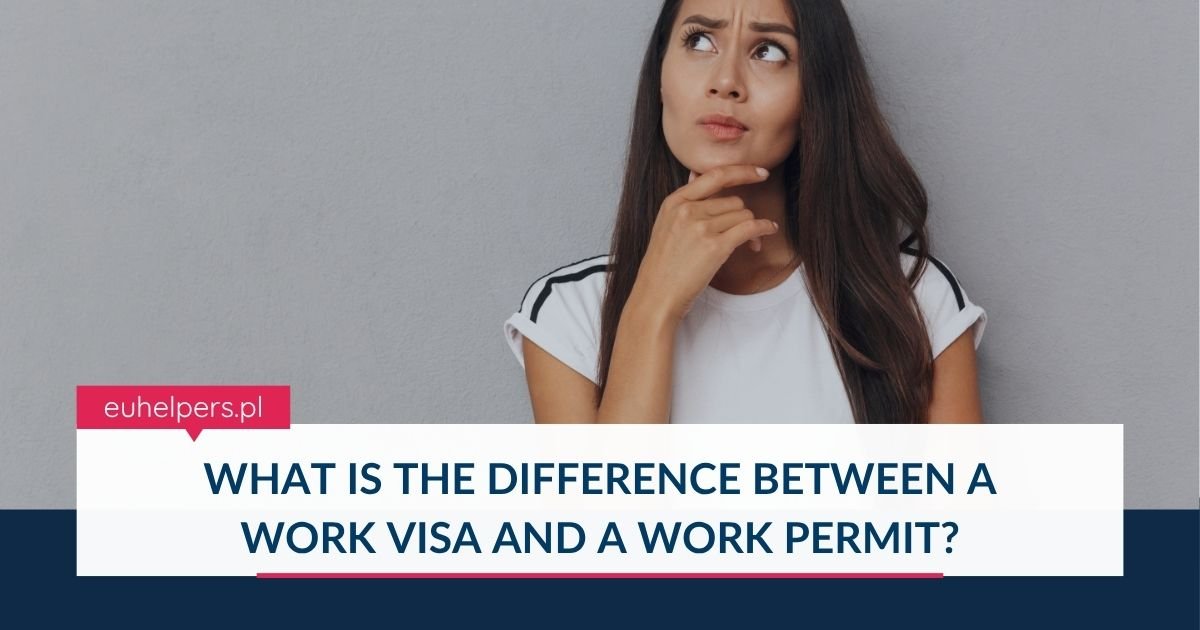When planning to work abroad, it's essential to understand the distinction between a work visa and a work permit—two closely related but fundamentally different legal documents. While both are vital to securing employment in a foreign country, they serve distinct purposes. In simple terms, a work visa grants permission to enter a country for employment, whereas a work permit authorizes the actual employment within that country. One acts as a gateway, and the other as a license to work.
What is a Work Visa?
A work visa is primarily a travel authorization that allows a foreign national to enter a country for employment-related purposes. It is typically issued by a consulate or embassy of the destination country and is an essential step in the immigration process.
Key Features of a Work Visa:
-
Purpose: Grants entry into a country specifically for work-related activities.
-
Entry Authorization: Defines the duration and purpose of stay, usually aligned with employment terms.
-
Employer Sponsorship: Often requires sponsorship from a company or organization within the host country and is usually tied to a specific role.
-
Application Process: Typically applied for prior to arrival at an embassy or consulate, alongside supporting documents like a job offer, passport, and proof of qualifications.
What is a Work Permit?
A work permit is a legal document that authorizes a foreign individual to work in a country. While it does not always grant entry by itself, it plays a crucial role in regulating employment rights within the country.
Key Features of a Work Permit:
-
Purpose: Legally allows the individual to work, often for a specific employer or within a defined profession.
-
Entry Status: Usually does not confer the right to enter a country; it becomes relevant once the individual is legally present.
-
Employer Requirements: May be tied to a specific job and employer or, in some cases, allow open employment based on national laws and immigration policies.
-
Application Process: Frequently applied for after arrival or once a visa has been issued, through immigration authorities or labor departments in the host country.
How Do They Work Together?
In many countries, both a work visa and a work permit are required for legal employment. The process typically unfolds in two stages:
-
Secure a Work Visa: Apply through the country’s embassy or consulate to gain permission to enter.
-
Obtain a Work Permit: Once inside the country (or in some cases, in parallel), apply for a work permit to gain legal authorization to begin employment.
Some countries streamline this process by combining both documents into a single application, while others maintain separate systems.
While often used interchangeably, a work visa and a work permit serve very different functions. The visa enables entry into the country for employment, while the permit grants the legal right to work. Understanding the difference is crucial for any individual planning to work abroad, as compliance with both entry and employment regulations is essential to avoid legal complications and ensure a smooth transition into the workforce.

